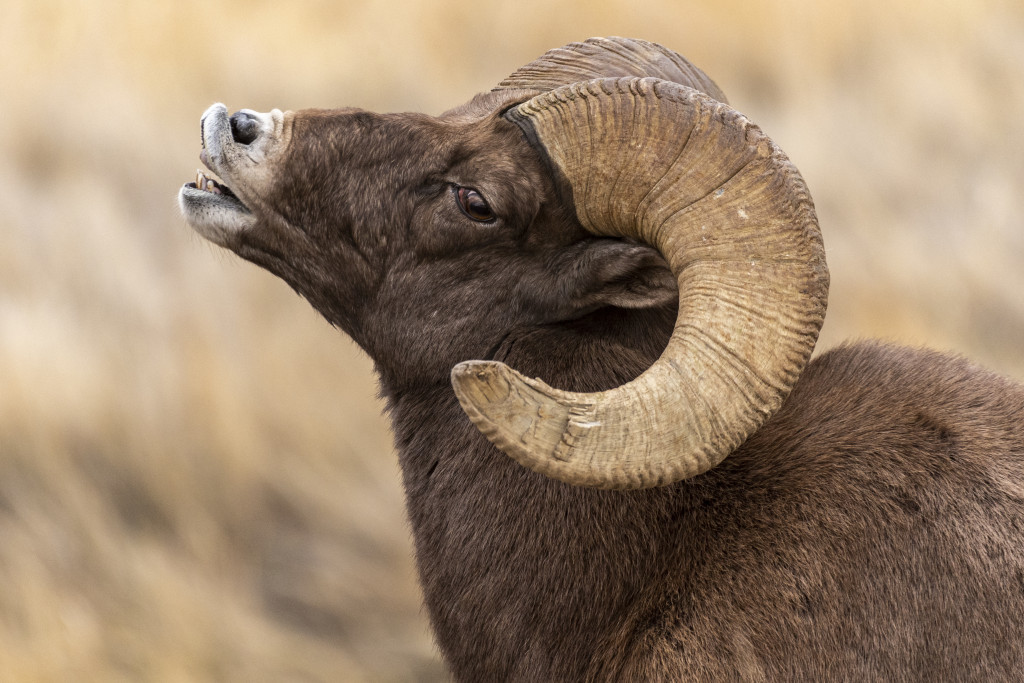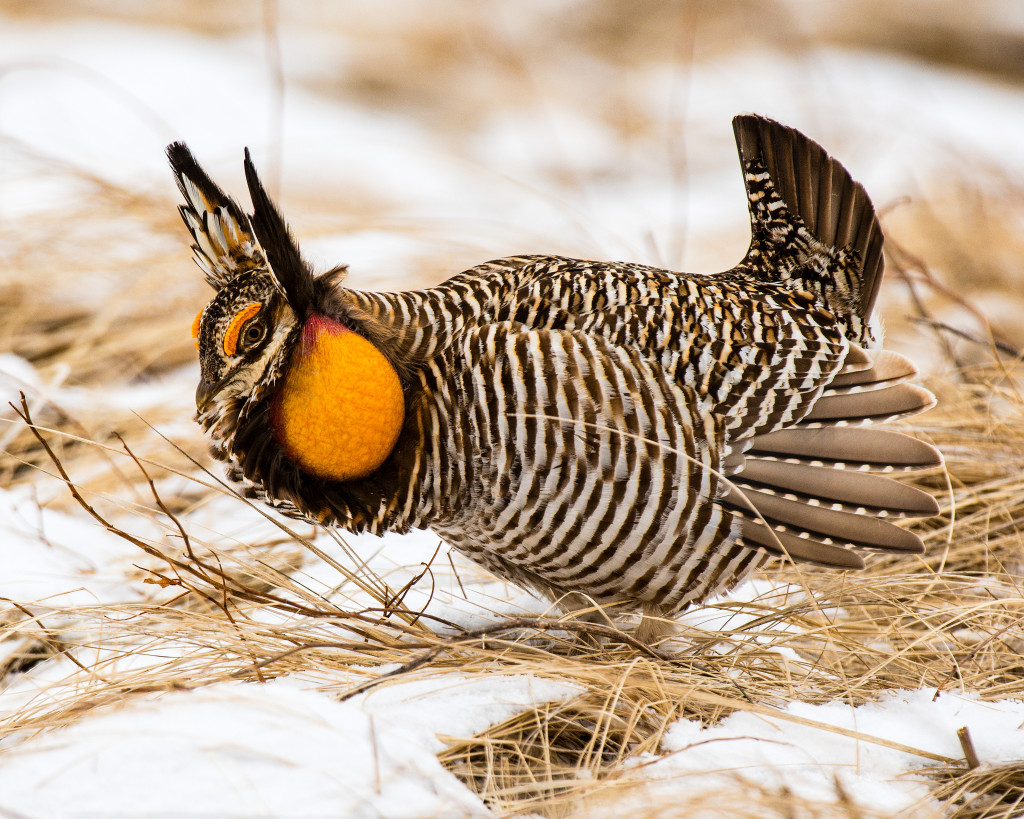
By Monica Macoubrie, Wildlife Education Specialist
For animals, to simply live is only part of their battle. An organism also needs to succeed in attracting a suitable mate in the hopes of passing on their genes to the next generation. Animals, similarly to people, will use a wide range of strategies to get themselves out there in the mating market. These strategies are often referred to as courtship displays, which are often required before copulation, and therefore reproduction, can occur. Yet, many of these displays and the reasoning behind them are still poorly understood.
One strategy that many organisms practice is picking up visual cues. Visual cues could be anything from the stunning plumage of birds, the spectacular colors of tropical fish or the iridescence of many insect species. Apart from human enjoyment, decades of research has shown that these colors make up a sophisticated visual signaling system that is necessary for reproduction and survival. One specific example in Nebraska can be seen in a tiny little fish known as the orangethroat darter.
During breeding season, male orangethroat darters become brilliantly colored with alternating blue-green bars, bright orange and brick-red blotches. When a female is fertile, she will burrow into the gravel and wait for the male to arrive. These elaborate colors were once thought to be due to females choosing the brightest males, and therefore passing on those genes. But, studies have shown that male competition has been the main driver of these outlandish colors.

While some species use visual signals in their mating rituals, other organisms rely on sound, or auditory cues. This could be a song in birds, vocalizations in frog species, monkey calls, whale songs or even bellowing in crocodilians. Some animals combine auditory and visual cues.
In Nebraska, one species that uses both visual and auditory cues is the beloved greater prairie chicken. This bird is one of several species that has a lek mating system. Leks are display sites used by males for courtship during the breeding season, and during courtship, males will “boom” or make deep calls that sound similar to a drum. These calls are made by utilizing brightly colored, orange air sacs on the sides of the bird’s neck, and during calling, the air sacs will inflate and deflate to attract visual attention. Prairie chickens are also known for their dancing abilities. Males will bend forward with wings extended parallel to the ground. They will then quickstep, a strategy known as strutting. As they strut, they also extend their “ear feathers” known as pinnae. During displays, males compete for a territory area and can often be seen charging each other and sparring using their talons. Female prairie chickens watch these displays to choose a suitable mate. The dominant few males will likely mate with approximately 90 percent of the females. This is known as a polygynous mating structure.

Previous examples show males taking charge of courtship displays and letting females know when they are ready to mate. However, there are quite a few species that include male and female members working together in mutual display . Often, males and females will perform synchronized or responsive courtship displays. This is common in many bird species that are socially monogamous. These mutualistic displays are often a way for the couple to facilitate a pre-copulatory reassurance of pair bonding that also strengthens their post-copulatory dedication to the care of offspring. One organism that shows this mutualistic courtship better than any other is the crane.
The mating rituals of sandhill and whooping cranes are dramatic affairs. Couples will dance together, leaping, flapping their wings and calling loudly to display pair bonding. Even months before settling in together, studies have shown that cranes quietly spend time with their future partners. Researchers have found that 62 percent of breeding pairs begin associating with each other at least a year before they begin breeding, and 28 percent spent time together more than two years before breeding. How romantic is that? If you think about it, two cranes can provide one another better protection from predators and access to resources than if they were alone. For this reason, the divorce rate among monogamous birds is fairly low. Usually, individuals will only seek out another partner if their first one perishes or is unable to reproduce.
Besides visual, auditory and mutual display bonding, there might be a few wild cards in the animal kingdom as well. Specific behaviors like applying make-up, as seen in flamingos, or creating art, like the way bowerbirds do, or fighting can also be part of the signal repertoire. One specific example in Nebraska is our bighorn sheep in western Nebraska. During breeding season, you may notice rams headbutting each other. This is a display of dominance, triggered by the increased amounts of testosterone in males. As females may only be in estrous for 24-48 hours, males have a very short window to do their “thing.” So, to determine who is most fit to mate, males will often headbutt their rivals, and the stronger, more dominant ram will usually win the match, proving to the female that he is the best choice. Other reasons males headbutt is to defend territory and establish dominance within a herd.
So, before you think about getting your Valentine a heart-shaped chocolate box, a dozen red roses or booking a reservation for a romantic dinner, think of the courtship of animals. Perhaps, this is the year to try an elaborate dance together to strengthen your pair bonding. And, if booming and strutting in an open field sounds too wild, you can always fall back on the two-step. Whatever you choose to do, remember that there should be some effort involved to pulling off a memorable Valentine’s Day.
